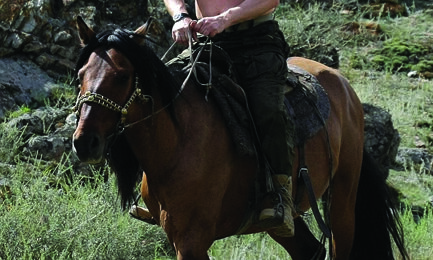Women buy new athletic wear to protest big booty culture
Photo: Rémi Yuan
For the last several years, form-fitting yoga pants have been a wardrobe staple for women everywhere.
But over the last couple of months, nationwide sales of “reverse” yoga pants have reached an all-time high. While they possess the same sporty quality of traditional athletic leggings, these new yoga pants are designed to make the wearer’s butt look as flat as possible.
“This optical illusion is accomplished through the use of a super-secret polyester and spandex blend,” said Adrian Derri-Hare, founder of the trailblazing reverse yoga pants brand FLATery. “It provides our customers with the comfort they are looking for, along with that two-dimensional look that’s all the rage right now.”
In an exclusive interview with the Tomato, Derri-Hare said her unique brand of yoga pants has gained such popularity because so many people are exhausted by the prominence of “big booty culture.”
This kind of sentiment is echoed by U of O students like Alexis Fogel, a proud owner of FLATery’s latest line of athletic wear.
“Everywhere I go I get visually assaulted by big booty,” said Fogel. “I see it in music videos, YouTube clips, social media posts… I even see people twerking when I visit the post office.”
This new line of yoga pants is also getting some support from self-described members of the “big booty” community, with some women claiming that clothing lines like FLATery shield them from irrational public fear and prejudice.
“Whenever I eat out restaurant staff give my butt this terrified look, like it’s going to destroy all their chairs and furniture,” said Rachel Gallagher, a U of O political science student. “Now, thanks to FLATery, I can go out in public without feeling like an apple-bottomed bull in a china shop.”
However, not everybody has reacted favourably to the newfound popularity of clothing lines like FLATery, believing it to be a form of corporate booty-shaming.
Despite these concerns, Derri-Hare’s FLATery yoga pants continue to break sales records and re-define the way Canadians look at athletic butts.




